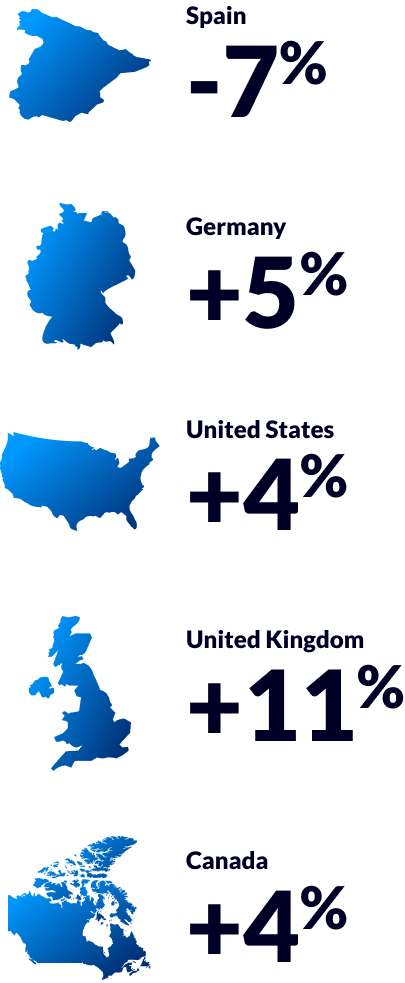The Economic Cost
of Congestion
Traffic congestion occurs when demand for roadway travel exceeds the supply of roadways. As vehicular traffic builds, drivers, freight movers and bus riders lose time and spend fuel unproductively. That “lost time” has a value that we analyze in the 2022 Global Traffic Scorecard.
In addition to lost time, negative externalities like freight delay, inflationary pressure and environmental impact are generally exacerbated due to traffic congestion. While not measured in this report, these externalities decrease the quality of life across globe.
Another large cost of travel is fuel. Throughout 2022, global oil prices resulted in increased fuel costs to travelers. INRIX quantified how much a typical commute costs in each country as well as in key cities based on commute-specific travel data.
In addition to lost time, negative externalities like freight delay, inflationary pressure and environmental impact are generally exacerbated due to traffic congestion. While not measured in this report, these externalities decrease the quality of life across globe.
Another large cost of travel is fuel. Throughout 2022, global oil prices resulted in increased fuel costs to travelers. INRIX quantified how much a typical commute costs in each country as well as in key cities based on commute-specific travel data.


